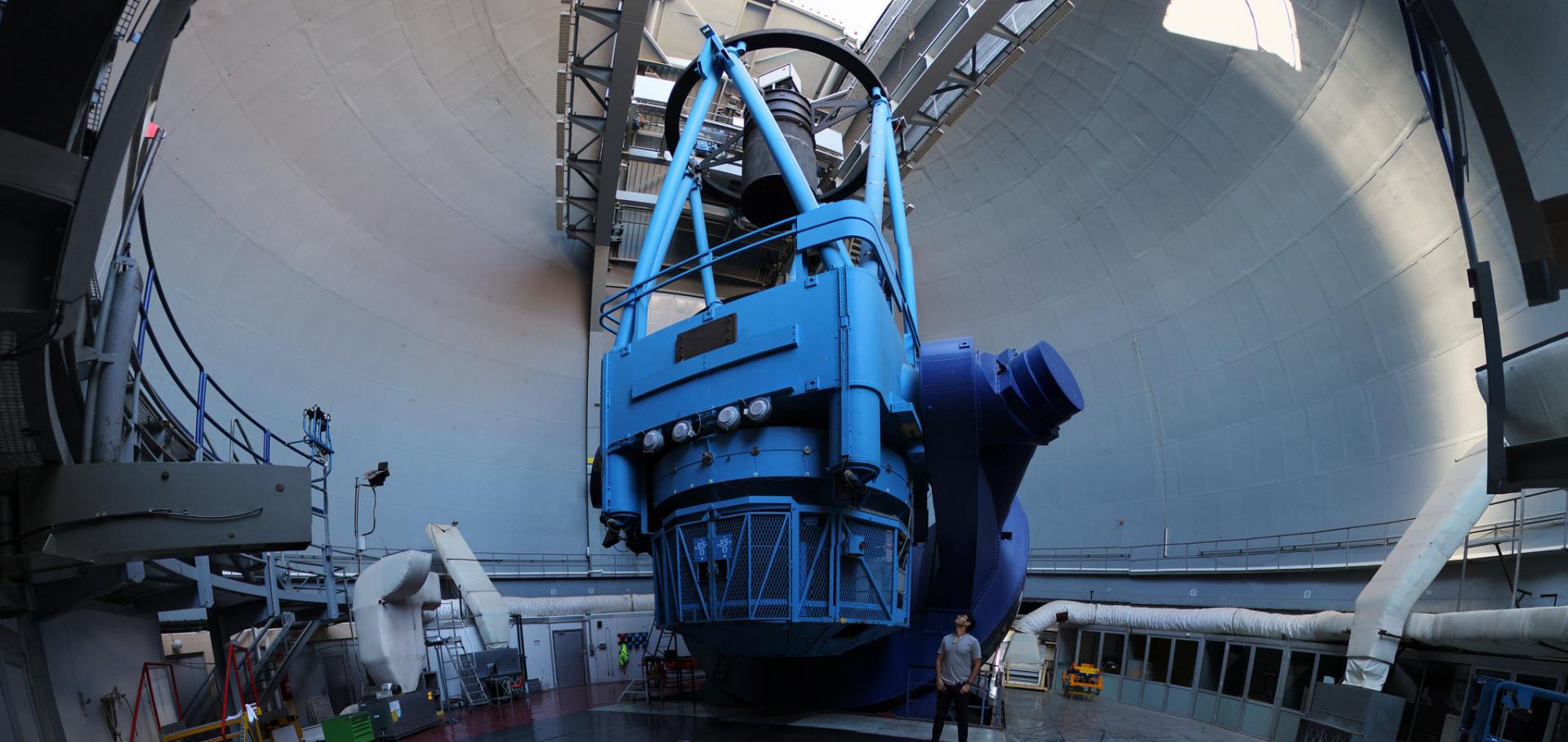Planet Hunters TESS I: TOI 813, a subgiant hosting a transiting
Saturn-sized planet on an 84-day orbit
Authors:
NL Eisner, O Barragán, S Aigrain, C Lintott, G Miller, N Zicher, TS Boyajian, C Briceño, EM Bryant, JL Christiansen, AD Feinstein, LM Flor-Torres, M Fridlund, D Gandolfi, J Gilbert, N Guerrero, JM Jenkins, K Jones, MH Kristiansen, A Vanderburg, N Law, AR López-Sánchez, AW Mann, EJ Safron, ME Schwamb, KG Stassun, HP Osborn, J Wang, A Zic, C Ziegler, F Barnet, SJ Bean, DM Bundy, Z Chetnik, JL Dawson, J Garstone, AG Stenner, M Huten, S Larish, LD Melanson, T Mitchell, C Moore, K Peltsch, DJ Rogers, C Schuster, DS Smith, DJ Simister, C Tanner, I Terentev, A Tsymbal
Abstract:
We report on the discovery and validation of TOI 813b (TIC 55525572 b), a
transiting exoplanet identified by citizen scientists in data from NASA's
Transiting Exoplanet Survey Satellite (TESS) and the first planet discovered by
the Planet Hunters TESS project. The host star is a bright (V = 10.3 mag)
subgiant ($R_\star=1.94\,R_\odot$, $M_\star=1.32\,M_\odot$). It was observed
almost continuously by TESS during its first year of operations, during which
time four individual transit events were detected. The candidate passed all the
standard light curve-based vetting checks, and ground-based follow-up
spectroscopy and speckle imaging enabled us to place an upper limit of $2
M_{Jup}$ (99 % confidence) on the mass of the companion, and to statistically
validate its planetary nature. Detailed modelling of the transits yields a
period of $83.8911_{ - 0.0031 } ^ { + 0.0027 }$ days, a planet radius of $6.71
\pm 0.38$ $R_{\oplus}$, and a semi major axis of $0.423_{ - 0.037 } ^ { + 0.031
}$ AU. The planet's orbital period combined with the evolved nature of the host
star places this object in a relatively under-explored region of parameter
space. We estimate that TOI-813b induces a reflex motion in its host star with
a semi-amplitude of $\sim6$ ms$^{-1}$, making this system a promising target to
measure the mass of a relatively long-period transiting planet.

